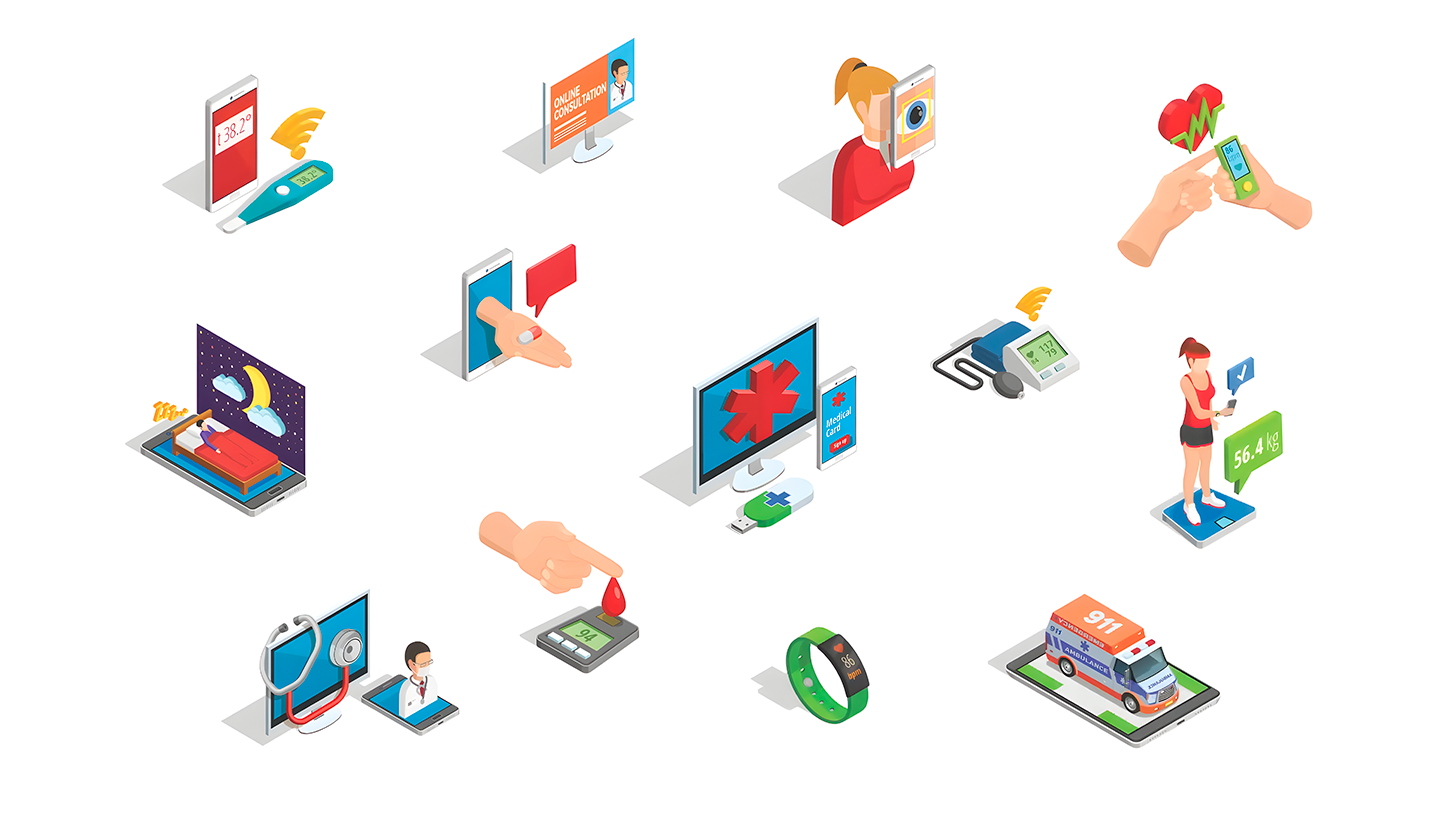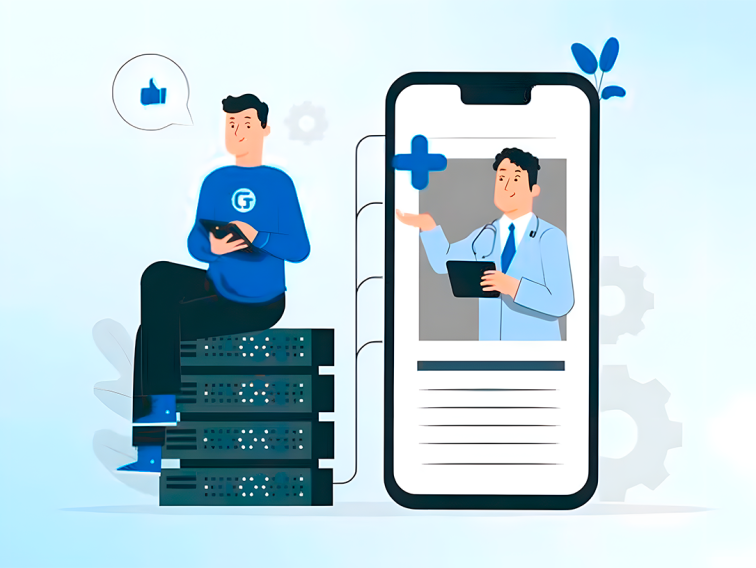The advent of telehealth applications has revolutionized the healthcare sector, making medical consultations and health management more accessible, convenient, and timely. However, developing a telehealth app is a complex process that requires careful planning and impeccable execution. Here, we explore some technical peculiarities that any telehealth app development company should consider.
Complying with Regulatory Standards
One of the most crucial aspects of telehealth app development is ensuring compliance with healthcare regulations. In the U.S., for instance, the HIPAA sets the standard for safeguarding sensitive patient data. Therefore, telehealth apps must ensure data privacy and security to meet these standards, necessitating strong encryption protocols, secure user authentication, and data breach notification systems.
Integration with Electronic Health Records (EHR)
A telehealth app should seamlessly integrate with EHR systems to access and update patient information. This integration requires a robust, flexible backend architecture that uses standard APIs to interact with different EHR systems. Moreover, it should support real-time data synchronization to ensure healthcare providers have the most up-to-date patient information.
High-Quality Video Conferencing
Telehealth apps primarily rely on video conferencing for virtual consultations. Therefore, they must provide high-quality, real-time video communication that’s also secure. This feature requires advanced video streaming technologies and encryption protocols to prevent data interception. Additionally, the app should offer features like screen sharing, text chat, and multi-user conference calls to enhance the consultation experience.

Cross-Platform Compatibility
Given the diverse range of devices and operating systems that patients might use, a telehealth app should be compatible with multiple platforms. This requirement means developers must build apps using cross-platform frameworks, ensuring that the app provides a consistent user experience across Android, iOS, and web platforms.
User-Friendly Interface
Despite the complex technology running in the background, a telehealth app must present a user-friendly interface. It should be intuitive and straightforward, enabling users to navigate through features easily. This aspect requires user experience (UX) and user interface (UI) design expertise.
Reliable Notifications System
A functional notification system is crucial for reminding patients about upcoming appointments, medication schedules, or important health updates. Implementing this feature requires integrating with device-specific notification services and ensuring that notifications are timely, relevant, and not intrusive.
Scalability
Finally, telehealth apps should be scalable to accommodate growing users and increased data volume. Developers need to plan for scalability from the outset, choosing technologies and architectures that can scale as demand grows.
In conclusion, developing a telehealth app involves numerous technical considerations. Each aspect is crucial in ensuring the app’s functionality, usability, and compliance with healthcare standards. With the right technical expertise and careful planning, developers can create telehealth apps that significantly enhance healthcare delivery and patient experience.

